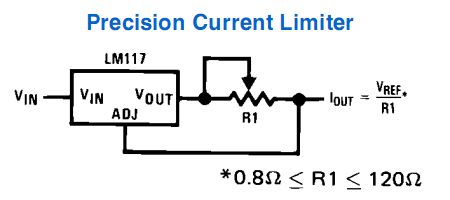buildafriend said:
Btw, while we're on it I'm interested a DC heater circuit with paralleled 3080's.
That's like driving your cows to pasture in the front seat of your Ferrari when all you needed to do was to open the door for them. LT3080 is practically a super regulator on a chip. They are interesting for very high end audio signal chain applications. PSU's with 12-24VDC rails for your opamps and DOA's.
See the heater circuit here, http://www.michaelkingston.fi/files/Drive-1_schematic_rev2.1.pdf
It's all you need for high end tube performance and it's far more safe compared to regulated.
Here's a version with regulator: http://www.michaelkingston.fi/files/Drive-1_schematic_rev1.9.pdf
It started failing after two years and eventually the regulator chip died. It didn't help that the heat sink was huge, TO220 and big-watt do not go in the same sentence. Full story with images and measurement data in the thread: http://groupdiy.com/index.php?topic=41509.0
To sum it up for you once more, heater regulation is pointless, even unsafe.
PS. Don't use the high voltage part of that schematic for anything. It's clumsy and expensive. I've since designed something far more efficient with very low parts count and better performance.



